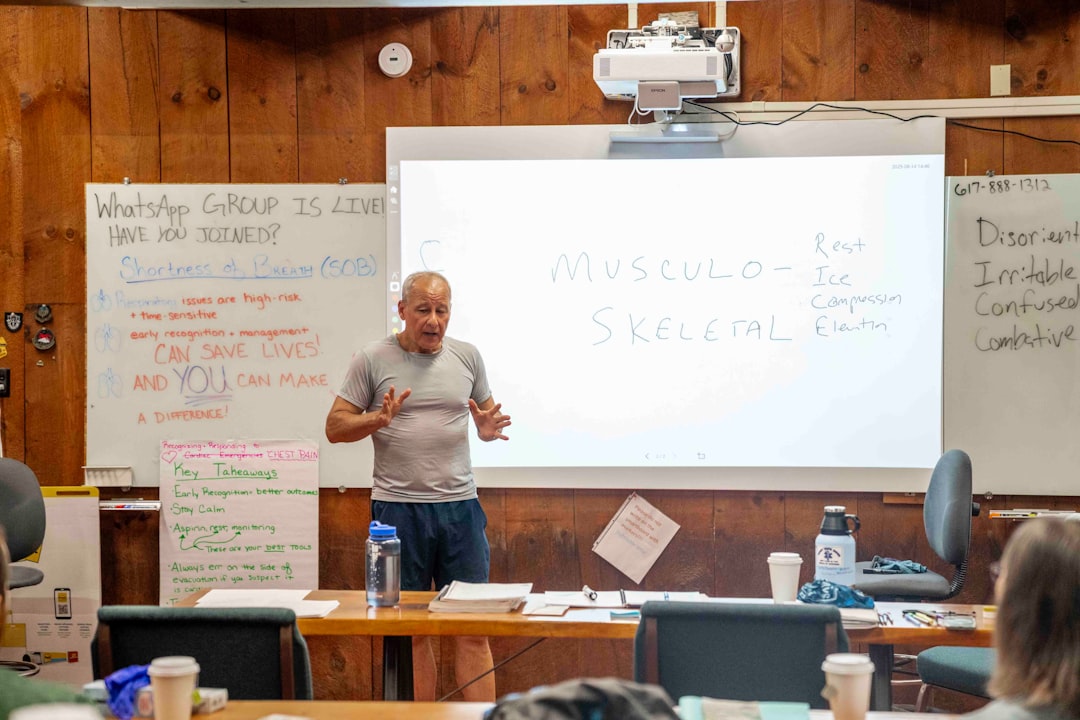We all want proof before we try something new. Whether it’s a product, a service, or a course, hearing from others helps us decide. That’s where testimonials come in! But not all testimonials are created equal. If you want yours to work magic, you need to focus on three key things: Proof, Context, and Outcomes. Let’s dive in and see how to make testimonials that truly shine!
Why Testimonials Matter
Table of Contents
People trust people. A good testimonial builds confidence and skips the sales fluff. It’s like having a friend whisper in your ear, “Hey, this works.” But to make that whisper believable, a testimonial needs more than just praise.
A line like “It was amazing!” doesn’t cut it. Why was it amazing? How did it help? What changed?
The Power of Proof
Proof makes your testimonial real. Vague compliments sound fake. Solid proof makes people believe.
Good proof includes:
- Specific details – What exactly did the product/service do?
- Numbers – Did revenue go up? Pounds lost? Time saved?
- Before and after comparisons
Here’s a not-so-great version:
“I loved the course! It changed my life.”
Now here’s a proof-packed version:
“Before the course, I was making random art prints that didn’t sell. Three months in, my Etsy shop now brings in $1,200/month consistently. I finally understand my market and style.”
See the difference? Numbers + specific transformation = powerful proof.
Give It Context
Context is all about who the person is. Readers want to know the full story. Was the person a beginner? A pro? Similar to them?
When readers see someone like themselves, they think, “Well, if it worked for them, maybe it’ll work for me too!” That’s why adding context is key.
Include:
- Job title or role
- Industry or niche
- Their situation before they started
Let’s look at the same example, now with context:
“As a stay-at-home mom trying to make extra income with art, I felt lost. I didn’t know who would buy my work. After taking the course, I now earn $1,200/month on Etsy and feel more confident in my creative direction.”
Now we know her background. That small change adds a huge emotional connection.

Highlight the Outcomes
Outcomes are the results. This is what changed after using the product or service. They should feel real, emotional, and tangible.
Outcomes don’t always mean money. They can be:
- More time with family
- Less stress during work
- More energy each day
- A big confidence boost
Let’s update our example a bit more, this time showing outcomes:
“As a stay-at-home mom trying to make extra income with art, I felt lost. After the course, I earn $1,200/month on Etsy, and I finally believe in my art. I even got featured on a local craft blog! Now I create with purpose and joy.”
There’s real impact. It’s not just about cash; it’s about purpose and confidence. That’s a result people connect with.
3 Questions Every Testimonial Should Answer
To create a top-notch testimonial, guide your clients or customers with specific questions. A great story answers:
- What were things like before?
- What changed after using this?
- What’s life like now?
Here’s a fill-in-the-blank format:
“Before I found [product], I was struggling with [problem]. Once I started using it, I noticed [change]. Now, I feel [result].”
You’ll be surprised how this simple format makes testimonials shine!
Sprinkle in Personality
Let your customers speak like real people. Don’t over-edit! Authentic voice adds charm and trust.
If someone says, “I was totally freaking out before, and then I finally got it! Like a lightbulb moment!” – keep that! It makes the testimonial feel raw and relatable.
A bit of humor or emotion goes a long way.
[h2]Add Photos or Video When Possible[/h2]
Humans are visual creatures. A picture or video makes the story more relatable. It turns a name into a person.
- Photos: A smiling customer, their workspace, or them using your product
- Video: Even a 30-second selfie review works wonders

Use Different Formats
Mix it up! Your audience may prefer different styles of content. Try these:
- Quote snippets – Perfect for social media or sidebars
- Full mini-case studies – Show the full journey with before/after
- Video testimonials – Authentic and engaging
- Screenshots – Of messages, progress, or conversations
Want to make a quick impact? Use one strong line like:
“I made back the full price of the program in just 10 days.”
That kind of testimonial catches attention fast.
Place Testimonials Strategically
Where you put testimonials matters too! Don’t just dump them all on a reviews page—use them throughout your site or funnel.
Here’s where they can work well:
- On your sales page (near price or CTA)
- At the end of emails or blog posts
- Inside your product (to motivate new users)
- On social media to build buzz
Think of testimonials as tiny cheerleaders. Put them where people decide!
Real Talk Only
Whatever you do, keep it honest. Don’t write fake stories. People can smell made-up praise. If you’re just starting out, ask your first clients or testers. Even one great story is better than ten faker ones.
Make It Easy for People to Share
Your customers want to help. But they may not know what to say! Give them:
- Simple questions
- A casual form
- A direct email link
Share a few examples so they don’t overthink it. Keep the process light, friendly, and easy.
In Conclusion…
Testimonials aren’t just “nice feedback.” They’re evidence. They reduce fear and build connection. But only if they include:
- Proof – Show what actually happened
- Context – Show who it happened to
- Outcomes – Show the real-life results
When you combine all three, your testimonials go from “meh” to must-read. So dust off that “praise” folder, add in some structure, and create stories that inspire action!


